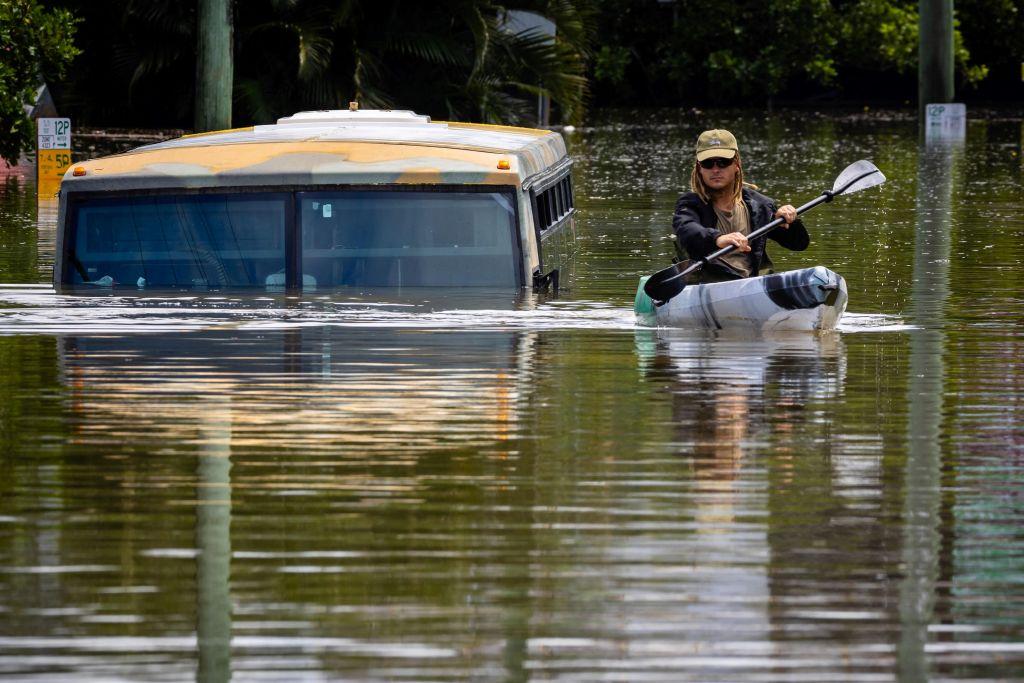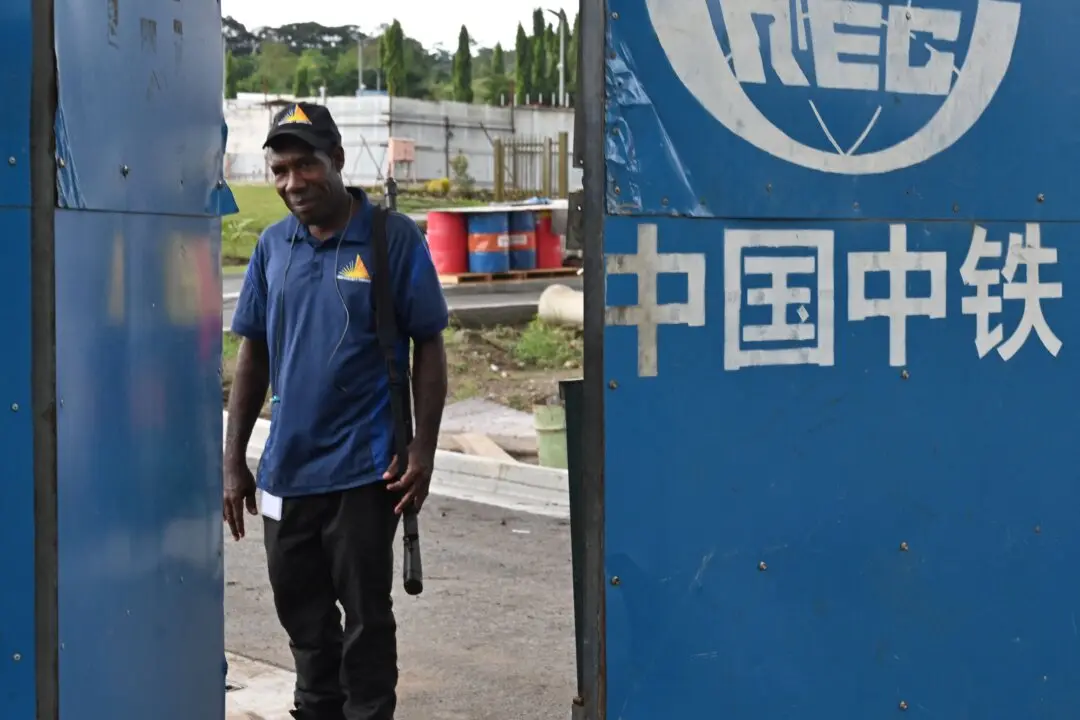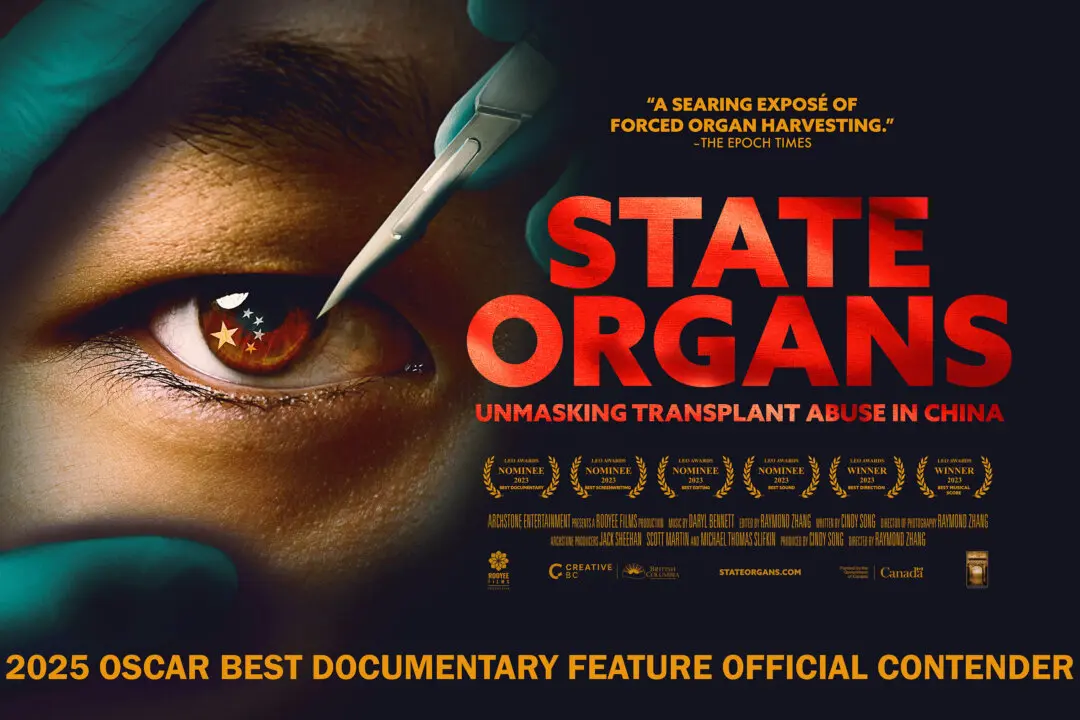A flood historian has called on authorities to stop people from moving into flood plains following another major deluge that saw thousands of homes inundated and over AU$2.5 billion (US$1.9 billion) of damage in southeast Queensland.
Margaret Cook, author of A River with a City Problem: A History of Brisbane Floods, said billions of dollars were being poured into “band-aid solutions” to fix damaged roads, rail lines, ferries, and ferry terminals.





